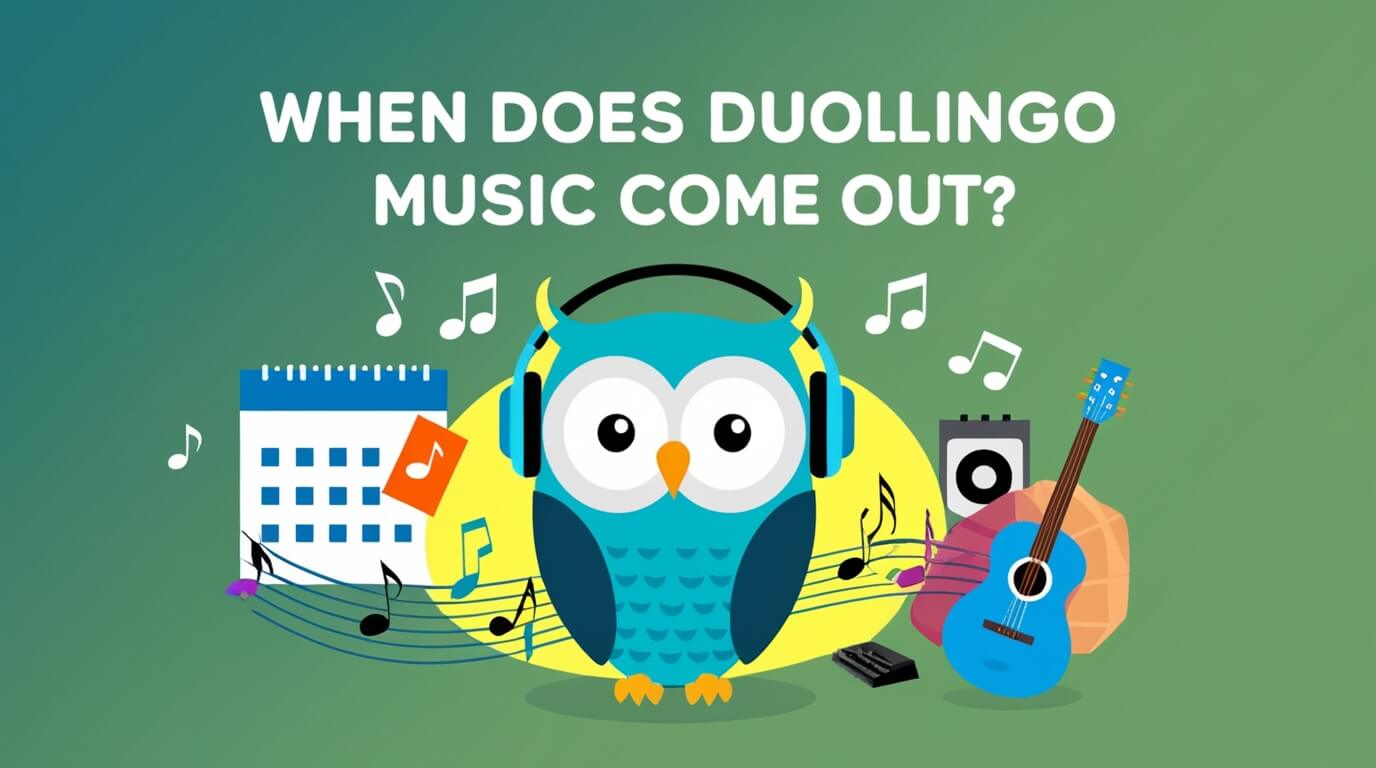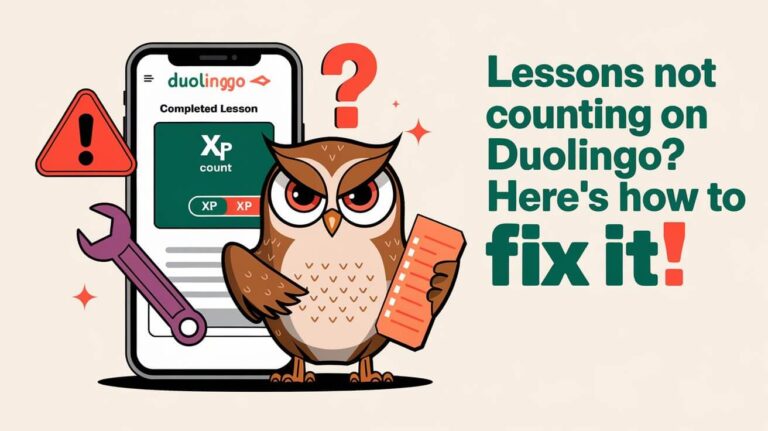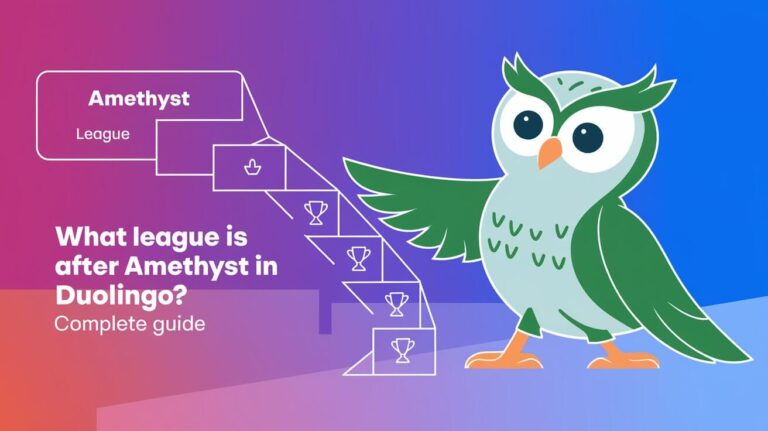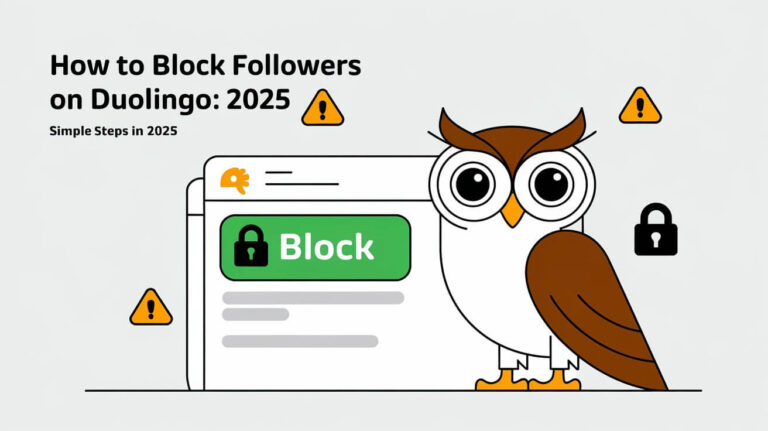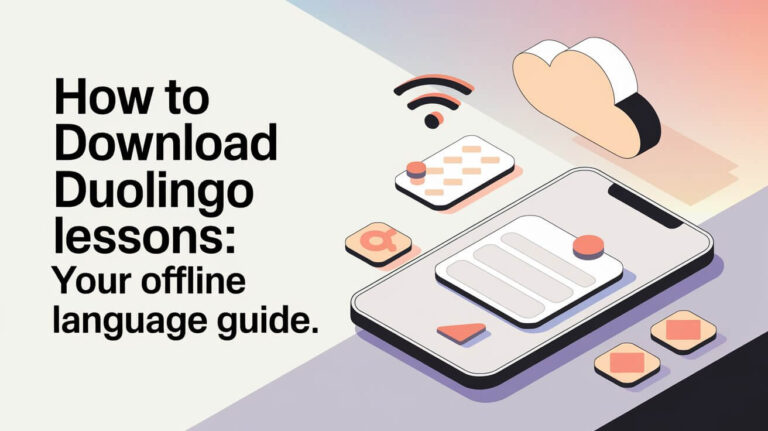Duolingo, the popular language learning app, recently expanded its offerings beyond languages by introducing a brand-new music course. Duolingo Music aims to teach users the fundamentals of music theory and piano playing, all within the familiar and gamified Duolingo experience.
Duolingo’s New Music Course
Duolingo has long been known for its innovative approach to language learning, using bite-sized lessons, engaging characters, and a highly effective teaching method to help users pick up new languages. With the launch of Duolingo Music, the company is now applying that same formula to the world of music education.
The Duolingo Music course covers a wide range of musical concepts, from reading sheet music and understanding note placement on the piano keyboard, to developing skills in rhythm, pitch, and interval recognition. Users will have the opportunity to practice these skills through interactive lessons and the chance to play full-length songs from a growing library of over 200 pieces.
Key Features of Duolingo Music
One of the standout features of Duolingo Music is its accessibility. Unlike traditional music education, which often requires access to physical instruments and private lessons, Duolingo’s course can be completed entirely on a smartphone or tablet. This makes it an attractive option for those who may not have the means or opportunity to pursue formal music training.
Another key aspect of Duolingo Music is its integration with the broader Duolingo ecosystem. Users can seamlessly switch between language courses, the math course, and the music course, all while maintaining their daily streak and earning experience points (XP) that contribute to their overall progress. This allows learners to explore multiple subjects simultaneously, keeping their momentum and motivation high.
Duolingo Music Release Date
Initial Rollout to iOS Users
Duolingo Music first became available to a select group of iOS users in October 2023, as part of a beta testing phase. This initial rollout allowed Duolingo to gather feedback and refine the course before making it more widely available.
As of May 2024, Duolingo Music has been released to all iOS users running iOS 16 or higher. This means that anyone with an iPhone or iPad can now access the music course directly within the Duolingo app.
Expansion to Android and Beyond
While the initial launch of Duolingo Music was limited to iOS devices, the company has stated that it plans to bring the course to Android users “very soon.” The exact timeline for the Android release has not been specified, but it’s reasonable to expect that Duolingo Music will become available on the Google Play Store sometime in late 2024 or early 2025.
Beyond the initial iOS and Android releases, Duolingo has hinted at further expansion of its music offerings. This could include the introduction of additional musical instruments beyond the current focus on piano, as well as the addition of more languages to the course.
What to Expect from Duolingo Music
Learning Music Theory and Concepts
At the heart of Duolingo Music is a comprehensive curriculum that covers the fundamental aspects of music theory and performance. Users will start by learning how to identify and play individual notes on the piano keyboard, before progressing to more advanced concepts such as rhythm, meter, and interval recognition.
Through a series of interactive lessons and exercises, Duolingo Music aims to equip learners with a solid understanding of the building blocks of music. This knowledge will then be applied as users work towards playing complete songs, gradually building their musical skills and confidence.
Interactive Lessons and Song Practice
One of the key strengths of Duolingo’s approach to learning is its emphasis on interactive, bite-sized content. Duolingo Music follows this same formula, with each lesson or song practice session designed to be engaging and manageable for users of all skill levels.
The interactive nature of the lessons allows learners to actively participate in the learning process, whether it’s by tapping out rhythms, identifying note placements, or playing along with on-screen piano keys. This hands-on approach helps to reinforce the concepts being taught and make the learning experience more enjoyable.
Integrating Music into the Duolingo Experience
Duolingo has seamlessly integrated the music course into its existing app, allowing users to switch between language, math, and music lessons with ease. This integration ensures that progress in the music course contributes to the user’s overall Duolingo experience, including their daily streak and XP accumulation.
By blending music education with Duolingo’s signature gamification elements, the app provides a more holistic and engaging learning environment. Users can feel a sense of accomplishment as they advance through the music curriculum, unlock new songs, and see their skills improve over time.
Benefits of Learning Music with Duolingo
Improving Cognitive Skills
Research has shown that learning music can have a positive impact on various cognitive abilities, including language skills, memory, and problem-solving. By incorporating music education into its platform, Duolingo aims to provide users with an additional avenue for developing these important cognitive skills.
As users progress through the Duolingo Music course, they’ll be actively engaging their brains in tasks like reading sheet music, recognizing patterns, and coordinating physical movements with musical cues. This mental stimulation can have far-reaching benefits that extend beyond just music proficiency.
Accessibility and Affordability
One of the key barriers to traditional music education is the cost and accessibility of lessons and instruments. Duolingo Music addresses these challenges by offering a highly affordable and accessible option for anyone interested in learning music.
The course can be accessed directly through the Duolingo app, which is free to download and use. Additionally, the app-based format means that users don’t need to purchase or have access to a physical piano or other musical instruments to participate. This makes Duolingo Music a viable option for individuals who may not have the financial resources or physical space for traditional music lessons.
Complementing Language Learning
For Duolingo users who are already engaged in language learning, the addition of the music course can provide a unique and beneficial complement to their studies. Music and language share many underlying cognitive processes, and research has shown that learning a musical instrument can actually enhance language skills.
By incorporating music education into their Duolingo experience, users can potentially see improvements in areas like auditory processing, memory, and pattern recognition – all of which are crucial for effective language acquisition. This synergistic relationship between music and language learning can make the overall Duolingo experience more enriching and impactful for users.
The Future of Duolingo Music
Expansion of Musical Instruments and Languages
As Duolingo Music continues to evolve, it’s reasonable to expect that the company will expand the course to include a broader range of musical instruments beyond the current focus on piano. This could potentially include guitar, drums, or even wind instruments, giving users more options to explore and develop their musical interests.
Duolingo might soon teach music in more languages than just English and Spanish. This could help people around the world learn about music in their own languages. More folks from different cultures could then enjoy music lessons through the app.
Ongoing Updates and Improvements
Duolingo has a track record of constantly refining and improving its language learning courses based on user feedback and the latest educational research. It’s likely that the company will apply a similar approach to Duolingo Music, regularly updating the course content, lesson structures, and interactive features to ensure an optimal learning experience.
As the user base for Duolingo Music grows, the company will likely gather valuable insights and data that can inform future enhancements. This could include the introduction of more advanced lessons, the addition of new song repertoires, and the incorporation of cutting-edge educational technologies to further enhance the learning process.
Integrating with Other Duolingo Features
Given Duolingo’s emphasis on creating a cohesive and interconnected learning ecosystem, it’s reasonable to expect that the music course will become more deeply integrated with other features within the app over time.
This could include the ability to earn Duolingo “Gems” or other rewards through music-related achievements, as well as the potential for users to share their musical progress and accomplishments with friends and fellow Duolingo learners. Additionally, the company may explore ways to leverage the music course to support and enhance language learning, creating a truly synergistic educational experience.
As Duolingo continues to refine and expand its music course, the future holds even more exciting possibilities for learners around the world. So why not take the first step on your musical journey and see what Duolingo Music has in store?

